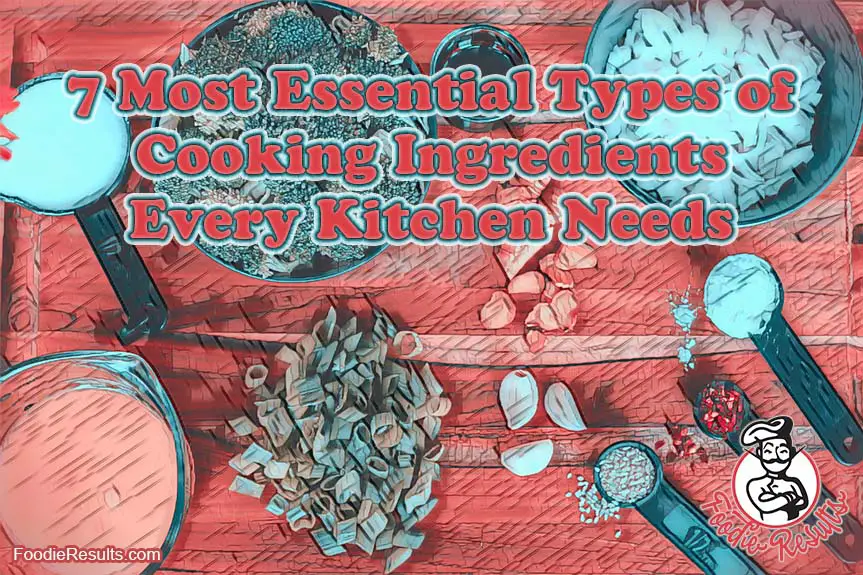Cooking Ingredients Every Kitchen Needs and How to Use Them
Having the proper ingredients on hand is key to successful crafting in the kitchen.
Flours
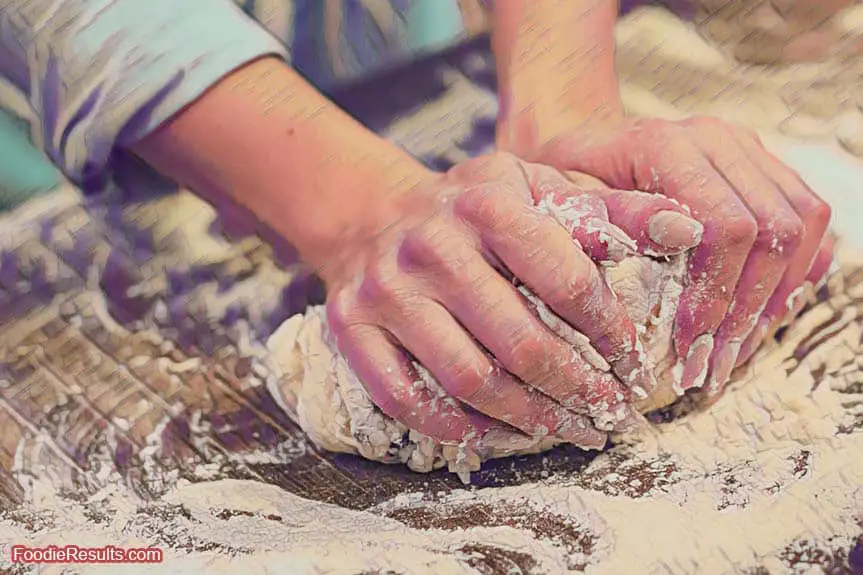
All-purpose flour is a blend of hard and soft wheat flour. The combination allows it to be used in all types of baked goods, as well as for thickening.
Self-rising flour is all-purpose flour that contains added leavening and salt. It may be substituted for all-purpose flour in quick bread recipes, but the salt, baking powder, and baking soda must be omitted.
Cake flour is flour made from softer wheat. It is used for making tender, delicate cakes.
Other types of flour include whole wheat, rye, and buckwheat flours, which are used mainly for specialty loaves of bread.
Thickeners
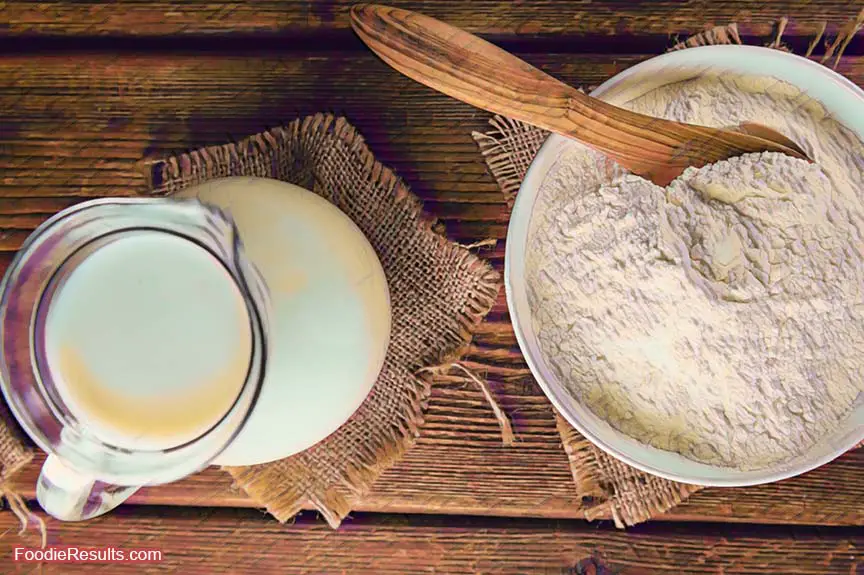
Flour (all-purpose) may be used to thicken gravies, sauces, and puddings. It gives sauces an opaque appearance.
Cornstarch is used to thicken sauces and puddings when a translucent product is desired. Its thickening power is about twice that of flour.
Tapioca may be used to thicken pie fillings and puddings. It forms a lumpy but clear mixture. Pearl tapioca is a slow-cooking variety, while quick-cooking tapioca cooks more quickly and requires less soaking.
Eggs also may be used to thicken mixtures, as well as add richness.
Fats and Oils
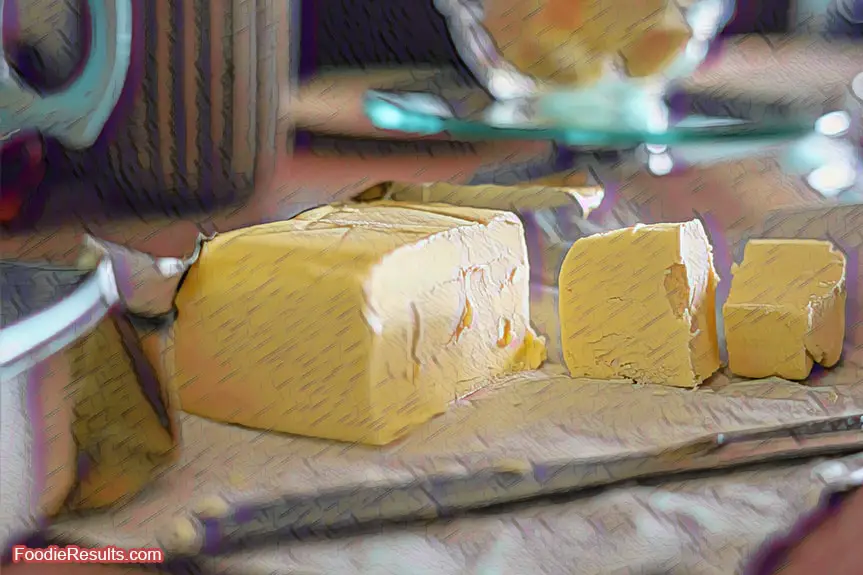
Fats and oils differ in consistency and function. Fats are solid at room temperature, while oils are liquid. Both make baked products tender, add flavor, and can be used for frying. But no single fat does all three tasks equally well.
Hydrogenated shortenings may be composed of vegetables or animal fat, or a combination of the two. They are processed to give the desired flavor, consistency, storage quality, and functional characteristics. This process makes them solid at room temperature and ideal for baking but less suitable for frying (although they may be used for this purpose).
Lard is a rendered pork fat and has a distinctive flavor. It is excellent for making pastry and biscuits, but it is less suitable for making cakes and other products that require creaming. Although it can be used for firing, lard varies too much from batch to batch to make it reliable for deep-fat frying.
Butter is made from milk fat. Since it is 80% fat and 20% moisture and solids, it has different characteristics from other fats. Butter lends flavor to baked goods as well as some shallow-fried foods. However, butter is not suitable for deep-fat frying since it smokes before reaching the required temperature.
Margarine, like butter, is only 89% fat. It is made from vegetable oil to simulate the characteristics of butter. Soft margarine is also available; it can be used like butter, but it is softer for easier spreading. Diet margarine has less fat and cannot be substituted for butter in baking.
Drippings are fats rendered from cooking meat fats. Although primarily used for shallow frying, drippings – particularly bacon drippings – are sometimes used as a seasoning.
Oils are fats that are liquid at room temperature. They are a good choice for frying. but should be interchanged with solid fats for baking purposes since they cannot be creamed to hold air. However, certain recipes for baked goods are designed specifically for oil. Oils also are used for salad dressings.
Unlike other oils, olive oils are not suited for deep-fat frying, and their flavor is too strong for use in baked goods. Use it only when you want its special flavor in salad dressings and shallow frying or sauteing.
Sweeteners
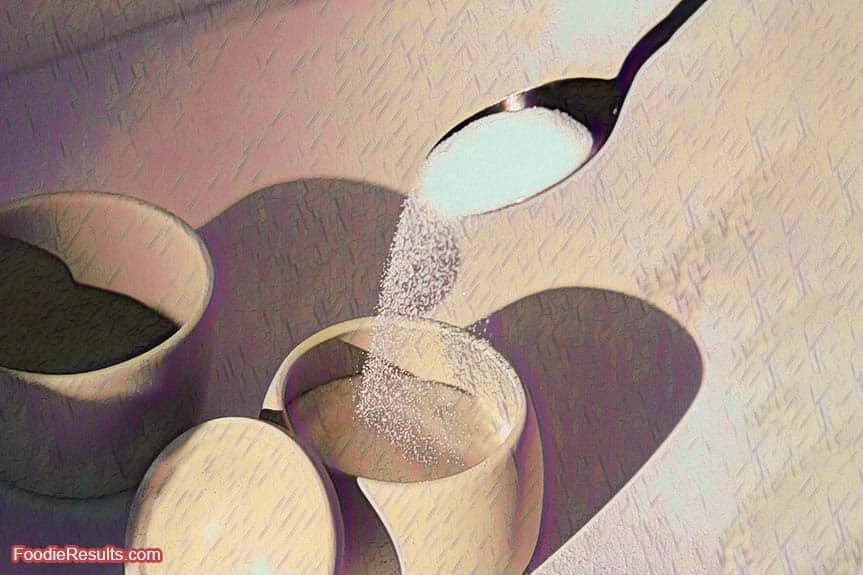
Besides their primary function of adding flavor, sweeteners affect the tenderness of baked goods and the consistency of puddings and sauces.
Granulated sugar is a basic sweetener made from sugar cane or sugar beets.
Powdered sugar or confectioners’ sugar is granulated sugar crushed and screened till grains are tiny. Starch is then added to keep lumping to a minimum. It’s designed for use in uncooked frostings and to dust over baked products.
Brown sugar is a less refined form of granulated sugar. It derives a special flavor and moistness from the molasses that cling to the granules. Dark brown sugar has a stronger flavor than light brown sugar does. A granulated form is available, but it can’t be substituted for regular brown sugar in baking because its moisture content is lower.
Honey is made by bees from the nectar of flowers. It is sweeter than sugar and adds a characteristic flavor to food.
Syrups include corn, cane, sorghum, maple, maple-flavored syrups, and molasses. Each adds its distinctive flavor to foods. They are used as toppings as well.
Artificial sweeteners sweeten foods without the use of natural sugars. They cannot be substituted for sugar in baked foods because they do have the other properties of sugar. However, artificial sweeteners are widely used to sweeten beverages and cereals.
Leavenings
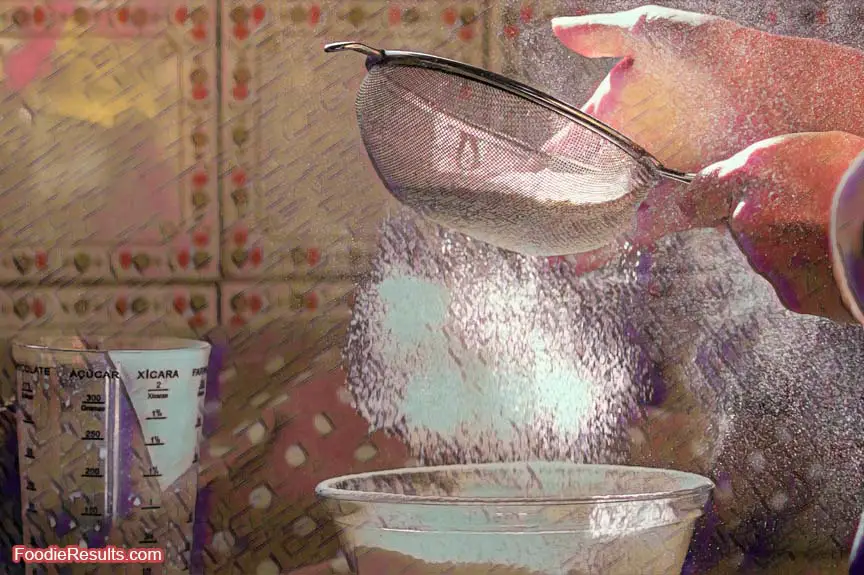
Leavenings are the ingredients that cause a baked food to rise in the oven or on the grill. In some products, such as cream puffs and angel food cakes, the water turning to steam and air expansion are sufficient enough to leaven the food. But most baked goods require additional leavening agents.
Baking soda reacts with the acid in food to form carbon dioxide gas. The soda and acid begin to react as soon as the liquid is added, so a mixture containing soda should be quickly baked after being mixed. Some acidic foods that help complete the reaction are vinegar, lemon juice, cream of tartar, buttermilk, sour milk, brown sugar, and molasses.
Baking powder is a combination of baking soda and acidic ingredients. It does not produce its full amount of leveling until heated, so the unbaked product is more stable than one made with soda.
Yeast is a microscopic plant that produces carbon dioxide from starch or sugar when placed in suitable conditions for growth. It can be purchased in the active dry or compressed form.
Eggs
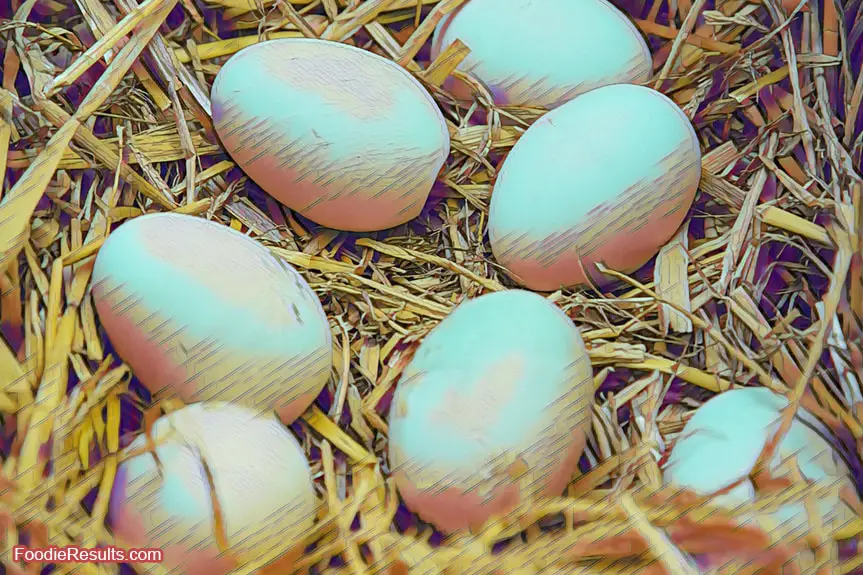
Eggs have many functions in cooking. They can thicken mixtures, bind ingredients, or form a structure in baked goods.
Slightly beaten eggs are whole eggs beaten with a fork just long enough to break up yolks and form streaks of white and yellow.
Beaten eggs are whole eggs beaten with a fork or wire whisk till the whites and yolks are blended and no streaks remain.
Well-beaten eggs are whole eggs beaten with an electric mixer or rotary beater till they are very light in color and texture.
Thick and lemon-colored yolks are yolks beaten with an electric mixer till very thick and lemon-colored. They flow in a thick stream when beaters are lifted.
Egg whites beaten to soft peaks are whites beaten with an electric or rotary beater till they form peaks with tips that curl over when beaters are listed.
Egg whites beaten to stiff peaks are whites beaten with an electric or rotary beater till they form peaks that stand straight when beaters are lifted. Further beating makes the dry, flaky, and unsuitable for most purposes.
Dairy Products

Homogenized white milk is milk that has been processed so that the fat does not rise to the top. The fat content is at least 3.25%.
Skim milk has most of its fat removed, so its fat content is less than 0.5%.
Low-fat milk has a fat content of 0.5% to 2%.
Non-fat dry milk is milk with both the fat and the water removed. It is processed to mix easily with water.
Evaporated milk has 60% of the water removed and is processed in cans.
Sweetened condensed milk is milk with about half the water removed and a large amount of sugar added and is also processed in a can.
Buttermilk is the liquid left after the butter-making process. More widely sold is cultured buttermilk, a product made by adding a specific bacteria to skim milk. The two are interchangeable for use.
Yogurt is a creamy product made by fermenting milk.
Whipping cream also may be called heavy cream or light whipping cream. It contains 30% to 40% fat and is suitable for whipping.
Light cream contains 10% to 30% fat and includes half-and-half. It adds richness to recipes.
Dairy sour cream is a commercially cultured light cream used to add tangy flavor and richness to foods.
Natural cheese is a product made from milk that is cured to add flavor and is often ripened by bacteria or mold. Natural cheese in cooked foods can become grainy or stringy.
Process cheese is made by combining several natural kinds of cheese with an emulsifying agent. It is not cured. When cooked, it is smoother than natural cheese.
These listed items are just a few of the ingredients you will encounter as a cook. If there are specific ones you are interested in, please let me know in the comments and I will research them for you.
Now get in that kitchen and explore your stock of ingredients and see what you need to add to your pantry or refrigerator to be on the road to becoming a superior chef for your family.

